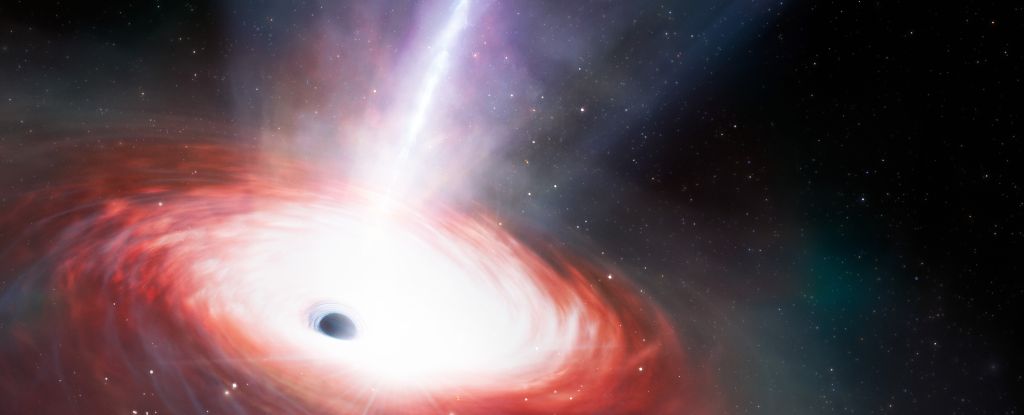
Sitting in the middle of a galaxy called LID-568, this black hole, as seen just 1.5 billion years after the Big Bang, appearing to guzzle down material at a jaw-dropping rate of over 40 times a theoretical maximum known as the Eddington limit.

V4641 Sagittarii is a system about 20,000 light-years from Earth. Astronomers have now detected photons from V4641 Sagittarii carrying energies of up to a staggering 200 teraelectronvolts (TeV).
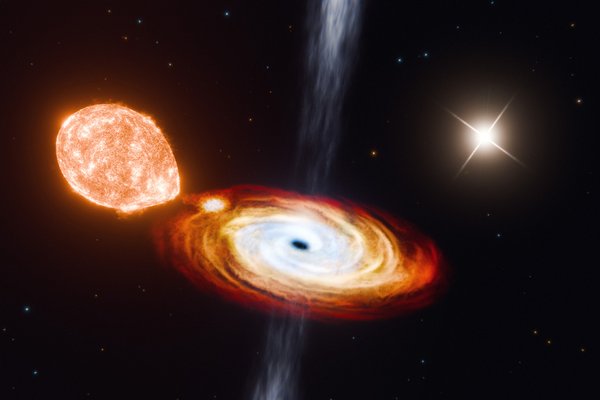
In this system, called V404 Cygni, the black hole is consuming a small star that is spiraling in very close and fast while a newfound third star circles the black hole from much farther away.
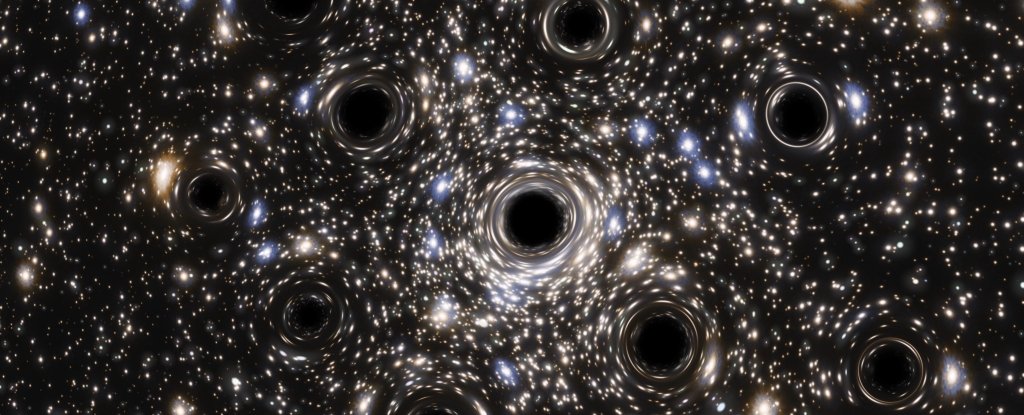
A fluffy cluster of stars spilling across the sky may have a secret hidden in its heart: a swarm of over 100 stellar-mass black holes.

Researchers at MIT suggest that the microscopic "primordial black holes" could be blasting through our solar system at least once a decade.

The latest discovery used the Hubble Space Telescope (HST) to spot three bright, visible light 'hot spots' deep inside a pair of colliding galaxies.

Although our Universe may seem stable, having existed for a whopping 13.7 billion years, several experiments suggest that it is at risk - walking on the edge of a very dangerous cliff.

Dark matter could provide supermassive black holes the brakes they need to bring them crashing together at the end of a long, spiraling journey towards their destiny.

Astronomers have found evidence for an intermediate-mass black hole in IRS 13, a population of dusty stellar objects within the nuclear star cluster of our Milky Way Galaxy.
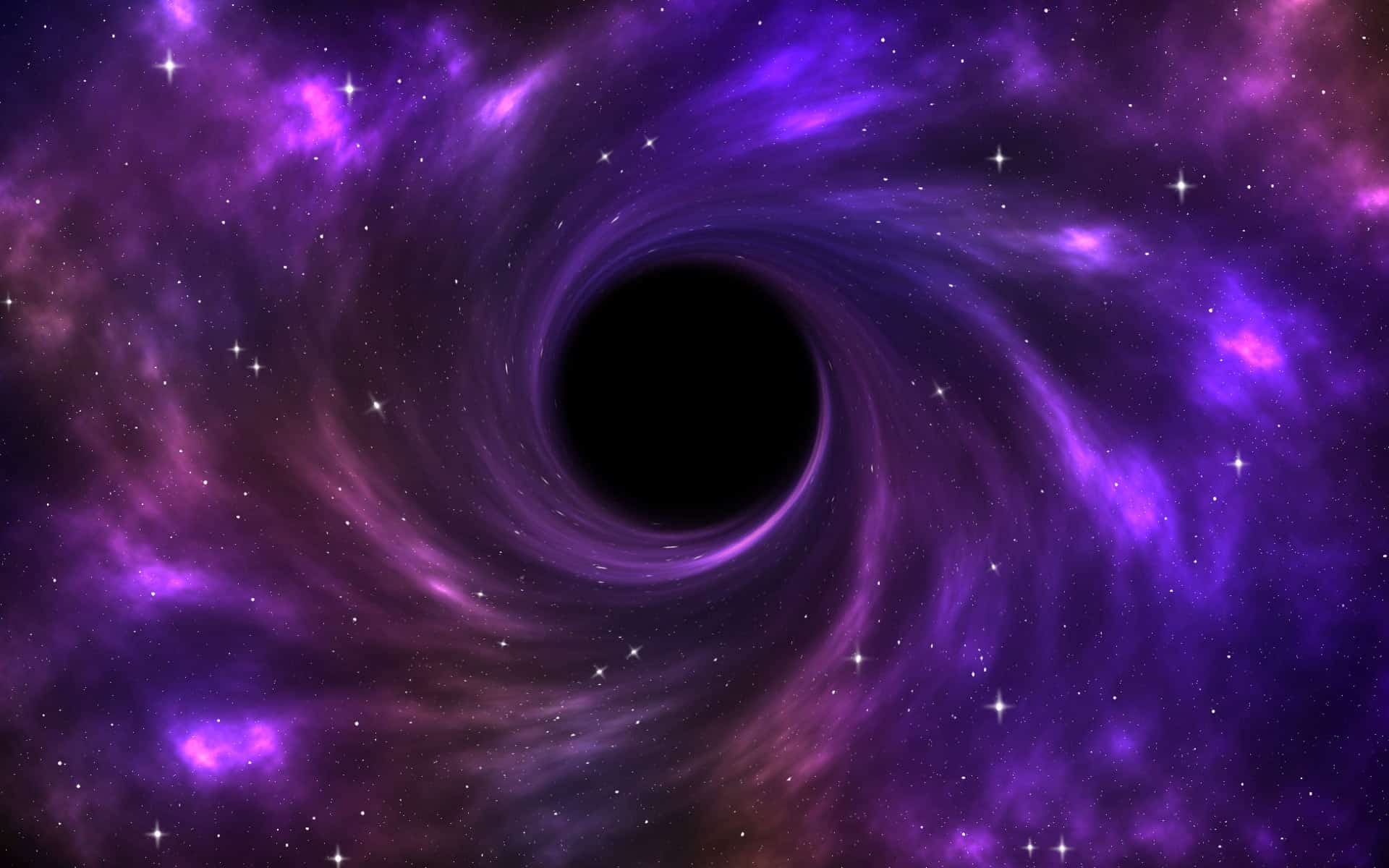
An international team of astronomers has detected seven fast-moving stars in Omega Centauri region. These stars provide compelling new evidence for the presence of an intermediate-mass black hole.

A black hole discovered lurking in the Cosmic Dawn is just way too big to easily explain.
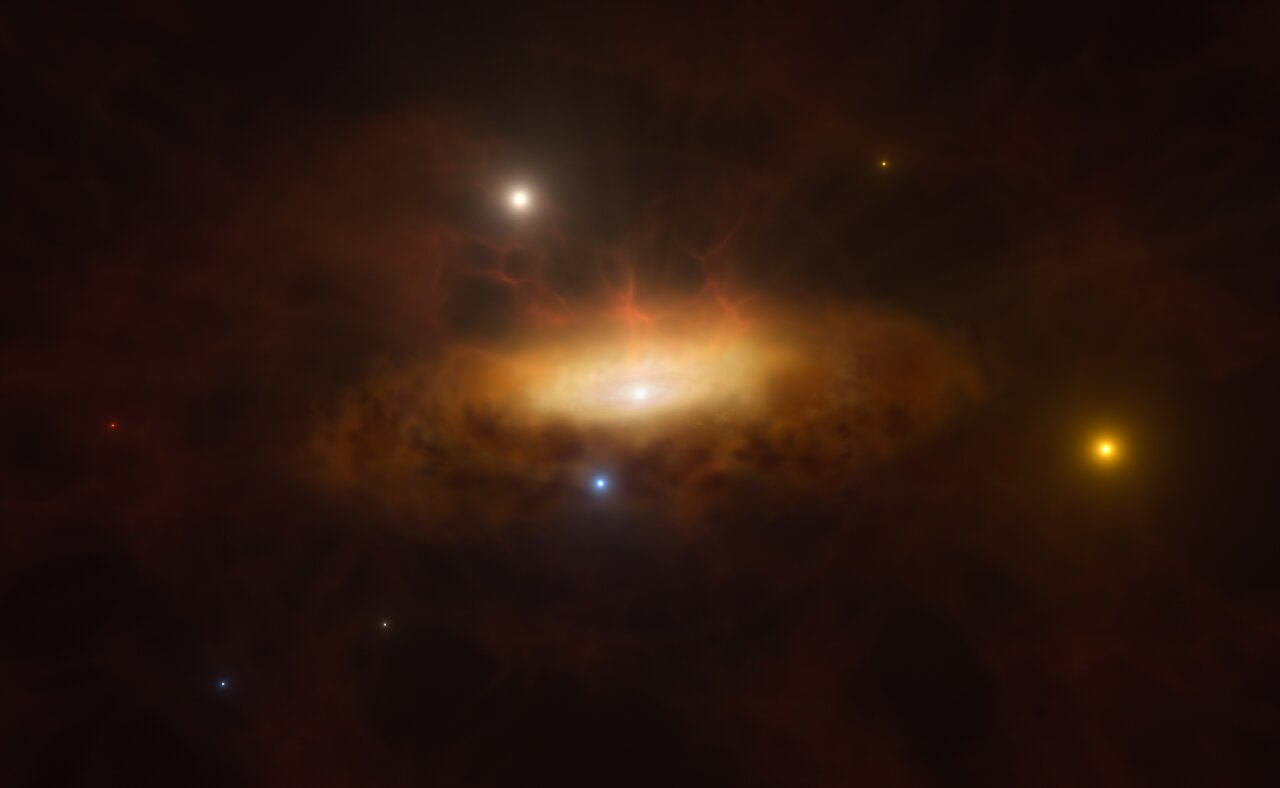
In late 2019 the previously unremarkable galaxy SDSS1335+0728 suddenly started shining brighter than ever before. To understand why, astronomers have used data from several space and ground-based observatories.

Astronomers discovered the first pair of merging quasars from the Cosmic Dawn, 900 million years after the Big Bang.
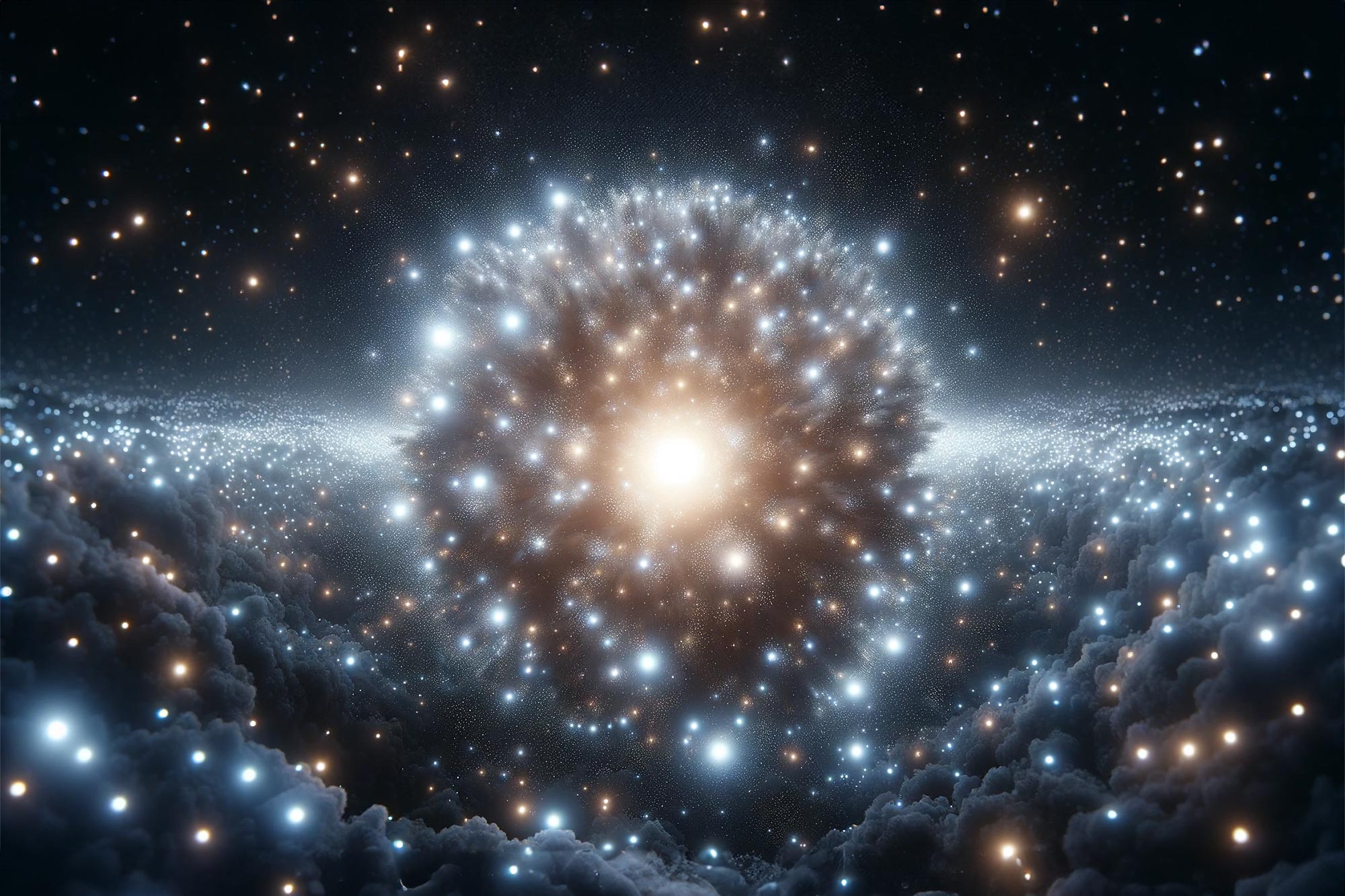
New research demonstrated a possible formation mechanism of intermediate-mass black holes in globular clusters, star clusters that could contain tens of thousands or even millions of tightly packed stars.
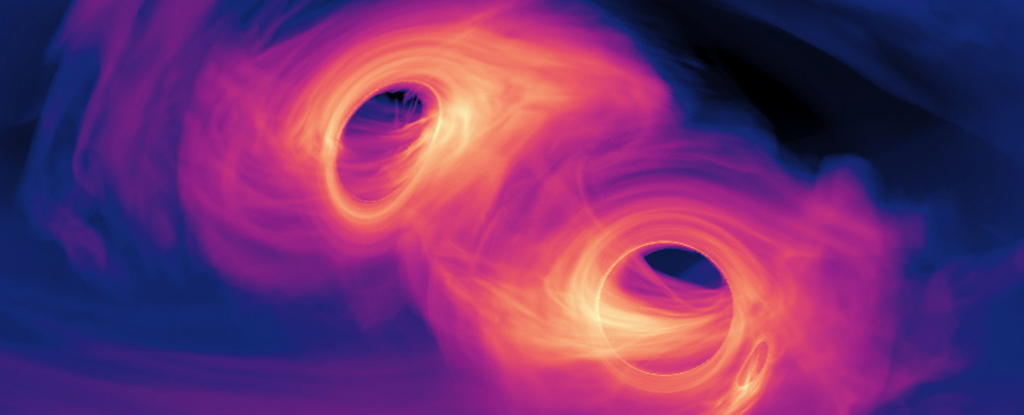
The researchers say that these black holes mergers are a window into Hawking Radiation. When black holes merge, they may create so-called "morsel" black holes the size of asteroids that are ejected into space.